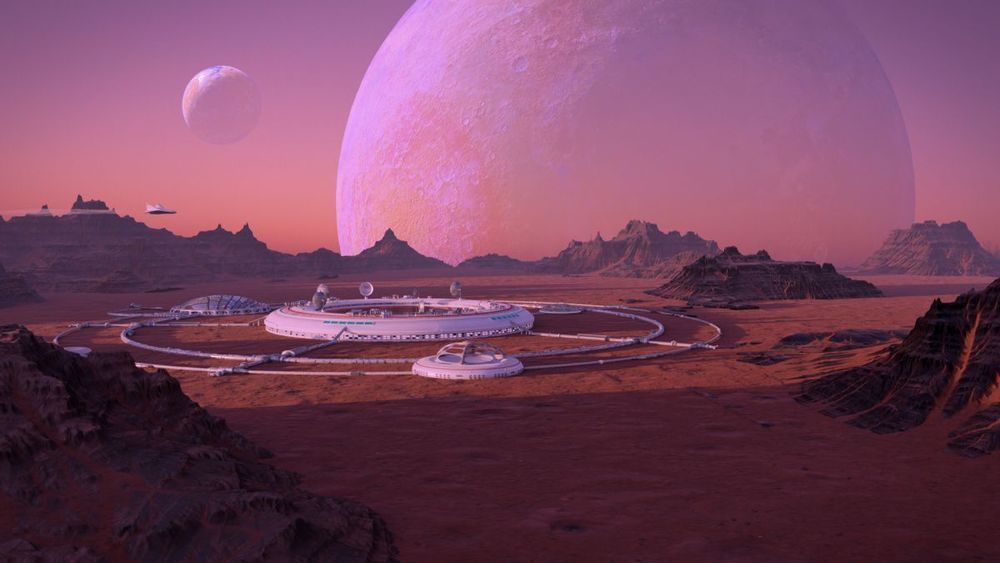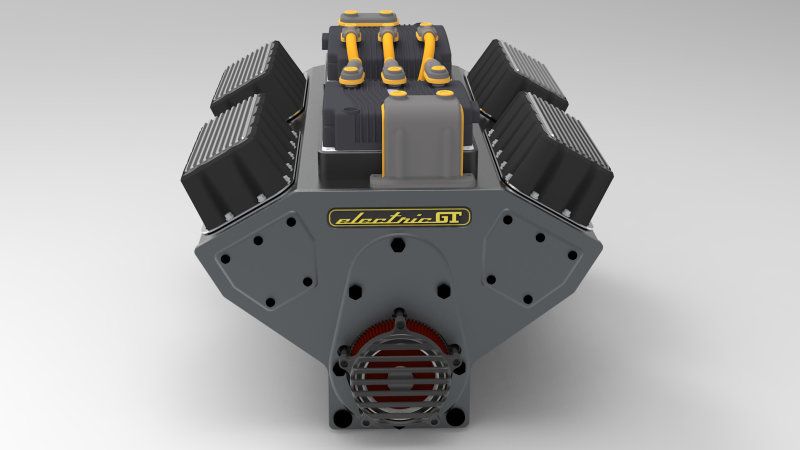Israeli researchers discover specific type of white blood cells that can be engineered to attack solid tumors, with fewer side effects than chemotherapy.



Much too easy: Planting a two-dollar spy chip on hardware with a technique that can be pulled off on a less than $200 budget? Yet that was the work of a proof in concept investigation by a security researcher and tech-watching sites were discussing the story on Monday.
Turns out you can slip a spy chip into any hardware for no more than $198 to $200, said reports. The spotlight was on security researcher Monta Elkins, Hacker-in-Chief, FoxGuard Solutions. He has a proof-of-concept version of a hardware implant.
John Dunn, Naked Security, talked about the chip as bad news for security were it to happen. “In fact, this has already happened as part of a project by researcher Monta Elkins, designed to prove that this sort of high-end hardware hack is no longer the preserve of nation-states.”
This purpose of this video is to GET DR. BILL ANDREWS ON THE JOE ROGAN EXPERIENCE. You can help make this reality in many ways. Please start by joining the Facebook group: GET DR. BILL ANDREWS ON THE JOE ROGAN EXPERIENCE: https://www.facebook.com/pg/Get-Dr-Bill-Andrews-on-The-Joe-R…e_internal
I believe we can get closer to reversing human aging by finding stronger human telomerase activators if Dr. Bill Andrews/Sierra Sciences receives more funding ($50 million USD would probably be enough for Dr. Andrews and his team to discover stronger human telomerase activators within a year).
My mission is to drastically improve your life by helping you break bad habits, build and keep new healthy habits to make you the best version of yourself. I read the books and do all the research and share my findings with you!
- My book review of Telomere Lengthening: Curing all diseases including cancer & aging by Dr. Bill Andrews: https://youtube.com/watch?v=5ODN5DIMz6c&t=6s
- telomere shortening does not occur in our human reproductive cells; I (Brent Nally) believe this is why babies are not born the same age as their parents.
- Watch the documentary “The Immortalists” about Dr. Bill Andrews & Dr. Aubrey de Grey: https://theimmortalists.com/watch/?
- Watch my interview of Dr. Aubrey de Grey: https://www.youtube.com/watch?v=TquJyz7tGfk&t=2s
- lack of funding is preventing a cure to human aging.
- Dr. Andrew’s Facebook: https://facebook.com/telomere.bill.andrews
- Dr. Andrew’s LinkedIn: https://linkedin.com/in/william-h-andrews-5455b45/
- Dr. Andrew’s Wikipedia: https://en.wikipedia.org/wiki/William_H._Andrews_(biologist)
- Sierra Sciences website: https://sierrasci.com/
- https://defytime.com/product/telomere-aging-care-capsules/
- Forever Labs 1 year free cryogenic storage discount code ($250 value): BN801

What if the future of cancer treatment lies not with stronger drugs and larger doses of radiation that kill cells indiscriminately, but instead harnesses the power of our immune system to destroy cancer cells in our own body? Dr. Michael Jensen shares details of an FDA approved cancer treatment with a 91% cure-rate.
Dr. Michael Jensen is a leader in the field of cancer immunotherapy research. As the founding director of the Ben Towne Center for Childhood Cancer Research at Seattle Children’s Research Institute, Dr. Jensen and his team are pioneering translational research with striking results that just might change the way we think of disease treatment.
This talk was given at a TEDx event using the TED conference format but independently organized by a local community.

The question asked in the title of this post is one I have been pondering for the most part of a decade now, ever since I saw the image, shown in Figure 1, of the galaxy PGC54559 (popularly known as Hoag’s Object) in 2010, following several months of thinking about what Kardashev Type III civilisations might look like.
I had seen it before, of course, as it is one of the most striking of the many superlatively beautiful and photogenic images that the Hubble Space Telescope has made available to humanity as part of its astounding legacy. But when I saw it again on NASA’s Astronomy Picture of the Day on that day in late August 2010, I saw it in a quite different context – one prompted by having thought deeply for some months about what galaxy-scale macro-engineering might look like. And so, picture it: that idea, coupled with that image, and you can see, I hope, how the question asked in this post’s title would come immediately and insistently to mind (at least, for me!). As I thought about it even more for a few weeks, I even ended up tweeting about it – so strongly had the idea installed itself into my head! – https://twitter.com/JosephVoros/status/26173613969 (see Figure 2).
In fact, there were five tweets in all (first, second, third, fourth:shown here, fifth) which, fortunately, were so far in the distant past of the tweet-stream that when I decided to delete thousands of tweets as a precursor to getting off social media entirely a couple of years ago (well, it worked, for a while…), they were no longer easily accessible, and so survived the bulk-cull. Thus, luckily, they still exist as an historical record of what was at the time an hysterical time of intense SETI-focussed cogitation!

Scientists from Tokyo Metropolitan University have created a new layered superconducting material with a conducting layer made of bismuth, silver, tin, sulfur and selenium. The conducting layer features four distinct sublayers; by introducing more elements, they were able to achieve unparalleled customizability and a higher “critical temperature” below which superconductivity is observed, a key objective of superconductor research. Their design strategy may be applied to engineer new and improved superconducting materials.
Once an academic curiosity, superconductors are now at the cutting edge of real technological innovations. Superconducting magnets are seen in everyday MRI machines, particle accelerators for medical treatments, not to mention the new Chuo Shinkansen maglev train connecting Tokyo to Nagoya currently being built. Recently, a whole new class of “layered” superconducting structures have been studied, consisting of alternate layers of superconducting and insulating two-dimensional crystalline layers. In particular, the customizability of the system has garnered particular interest in light of its potential to create ultra-efficient thermoelectric devices and a whole new class of “high temperature” superconducting materials.
A team led by Associate Professor Yoshikazu Mizuguchi from Tokyo Metropolitan University recently created a bismuth sulfide based layered superconductor; their work has already revealed novel thermoelectric properties and an elevated “critical temperature” below which superconductivity is observed. Now, working with a team from the University of Yamanashi, they have taken a multi-layered version of the system, where the conducting layer consists of four atomic layers, and begun swapping out small proportions of different atomic species to probe how the material changes.

Three years ago, an outfit called Electric GT (EGT), led by Eric Hutchison, hit the green tech radar by converting a 1978 Ferrari 308 GTS to an electric car. Out went the mid-mounted 2.9-liter V8 making 280 horsepower and 181 pound-feet of torque, in went 48 lithium-ion batteries powering three AC51 HPEVS electric motors that cumulatively produced 465 hp and 330 lb-ft. The company’s relocated from San Diego to Chatsworth, California, and is back on the scopes at Green Car Reports with what it calls an Electric Crate Motor. The innovation repackages the ICE crate motor methodology into a system making EV conversions easier for the weekend enthusiast. EGT promises a plug-and-play system with “high performance and near zero maintenance,” having packaged its one- and two-motor systems into a “motor block” and peripherals that look just like an internal combustion engine.
The block includes everything necessary for the swap to electric except the batteries and the mounting bracket, meaning” motor(s), controller(s), charger(s), sensors, relays and computer systems.” EGT has already designed a number of mounting brackets, and can design others to custom specs. According to the web site, the package is “pre-engineered, pre-built, and pre-tested,” so installation takes five steps: Bolt in the block, install the wiring harness and cooling system, connect the AC and DC power leads with the OEM-level touch-safe connectors, and route the internal cooling pump to a heat exchanger. Voila, silent running. Every e-crate motor comes with an installation manual, EGT provides tech support, and auxiliaries like electric AC compressors and heaters can be optioned.
